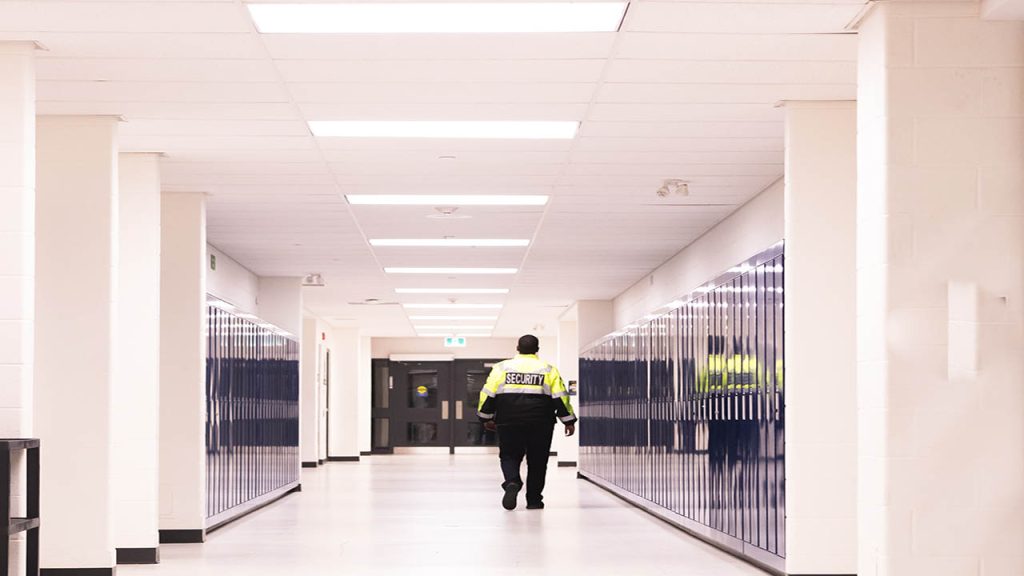Schools Ditch SROs: The Rise of In-House Police Forces
In recent years, the role of School Resource Officers (SROs) has come under scrutiny. As schools deal with safety concerns, budget constraints, and community expectations, some districts are opting to create their own police forces. While this idea offers some advantages, it also creates significant challenges that schools must carefully consider.
A recent example of this trend is the North Pocono School District in Pennsylvania. The district decided to terminate its agreement with the Covington Township Police Department, which had been providing an SRO. Instead, North Pocono will employ its own school police officers. The district cited the ability to set hours and directly employ officers as key reasons for the change. This decision, however, surprised the Covington Township supervisors, highlighting clear miscommunication and differences regarding the goals of the program between the district and law enforcement. Setting hours seems to be more important to the school.
North Pocono is not alone in this move. Across the United States, several school districts are reevaluating the presence of SROs and considering alternative approaches to school safety. In Minnesota, in response to a state law limiting the amount of force SROs can use on students, several police and sheriff’s departments pulled their officers from schools. Departments like Woodbury Public Safety and Ramsey County Sheriff’s Office were among those that removed SROs. Similarly, in Chicago Public Schools (CPS), various local school councils have voted on whether to keep or remove SROs. Some schools decided to remove them, while others chose to retain them. This decentralized approach allows individual schools to tailor their safety strategies to their specific needs and community sentiments.
In some cases, schools are not just removing SROs but are establishing their own police forces. This trend is particularly notable in Texas and Florida. Since 2017, nearly 100 Texas school districts have established their own police departments. This trend accelerated after the tragic shooting at Santa Fe High School in 2018. Today, there are 309 school districts in Texas with their own internal police departments. These districts believe that having a dedicated police force can enhance security and provide more direct control over safety policies and procedures. Similarly, the Broward County School Board in Florida is considering creating its own police force to replace the current system of contracting with local law enforcement agencies. This move is driven by rising costs and the desire for more direct oversight. The board believes that an internal police force could offer more consistent and specialized training for officers working in schools.
While creating a school police force can offer several benefits, it also comes with significant drawbacks that schools must carefully weigh. Schools can set their own policies, hours, and training requirements for their officers, leading to a more tailored approach to school safety. Having officers who are directly employed by the school can foster a sense of trust and familiarity among students, staff, and parents. However, establishing and maintaining a police force is expensive. Schools must budget for salaries, training, equipment, and ongoing operational costs. Schools also take on significant legal and financial liability when they employ their own police officers. Any incidents involving these officers can lead to lawsuits and increased insurance costs. Managing a police force requires expertise in law enforcement, which school administrators may lack. This can lead to challenges in effectively overseeing and integrating the police force into the school environment.
As schools continue to reevaluate the role of SROs, the decision to create an internal police force is one that requires careful consideration. While there are some benefits to having dedicated school police officers, the financial, legal, and operational challenges are significant. Schools must ensure they have the resources and expertise to manage these forces effectively. Ultimately, the goal is to create a safe and supportive environment for students, and any changes to school safety policies should be made with this objective in mind.
It doesn’t seem possible that those with expertise in educating our children also have the expertise to manage a police force. Understandably, there will be external officials with such expertise hired to manage a new force, but schools are in the business of education, not law enforcement. If a school or system elects to go in that direction, they had better be sure they know what they are doing.
